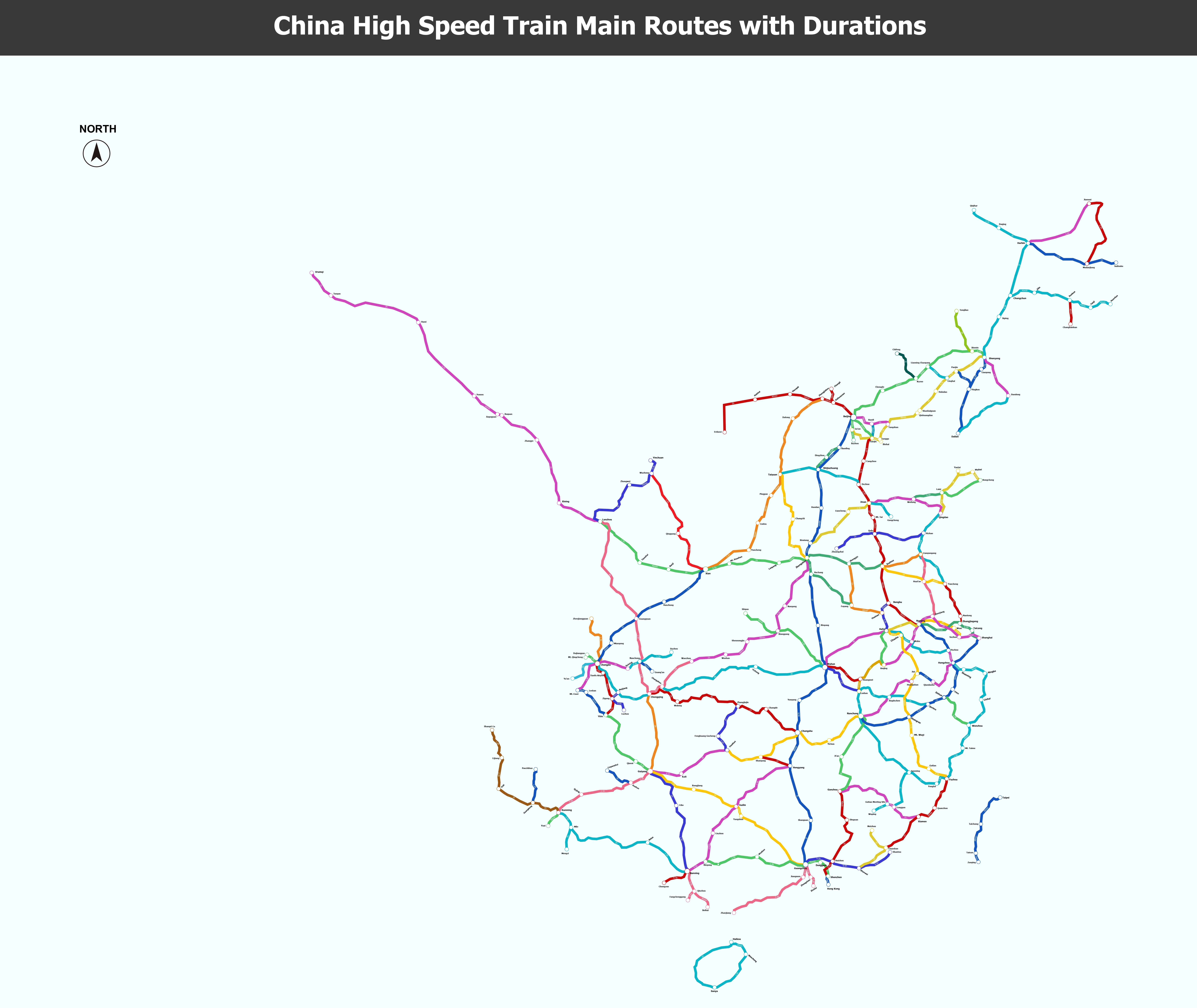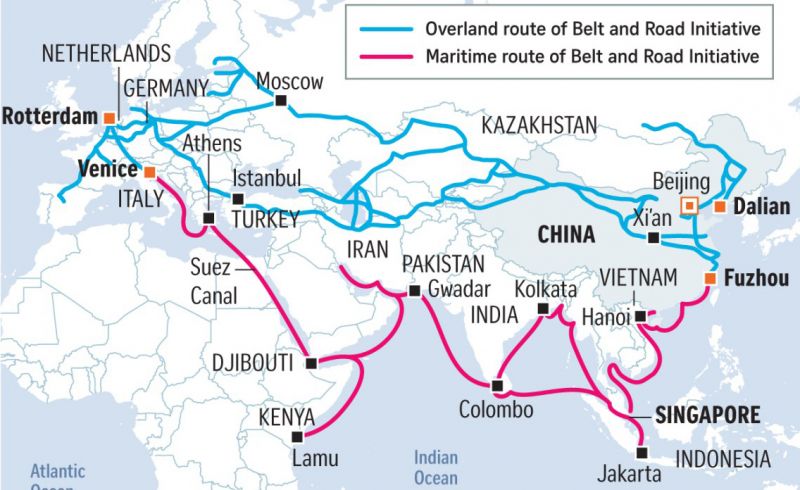The size of the US really makes it difficult. You can fly and be across the country in 6-7 hours. You take the train and it's several days.
I hear that argument & won't disagree based on the current Amtrak system (time aspect) & certainly understand & appreciate the size issue but look at what China (for all its faults) has been able to accomplish in the past decade or so. Successfully integrating high-speed rail into their transportation system & generally able to compete with flights.
Now, the Chinese model definitely benefits from the 'state-run', less profit driven model but there does seem to be much greater success than failure.
Much of it has to do w/the Communist government's continual 5-year plans & simply saying, 'OK, we're going to do this' & implementing the plan, which obviously runs counter to the capitalist model & more stringent regulations/bureaucracy in the US.
Engineering.com - How China's High Speed Rail Zooms Past Other Countries
World Bank - China's Experience w/High Speed Rail Offers Lessons for Other Countries
Railway Technology - High-Speed Rail: Should the World Be Following China's Example?
China Travel Guide - High-Speed Train: Routes, FAQ, & Ticketing
'Over 2,800 pairs of bullet trains numbered by G, D or C run daily connecting over 550 cities in China and covering 33 of the country's 34 provinces. Beijing-Shanghai high speed train link the two megacities 1,318 km (819 mi) away in just 4.5 hours.'
Understandably, a flight from Beijing to Shanghai would take less time but given the added travel time to and from airports, check-in, security clearance, waiting on luggage, potential weather delays, etc., one would assume the time gap probably narrows considerably.

Much of the system is currently concentrated around the major population centers in the southeast but as China continues to hammer through the BRI, China is expected to continue adding lines into the west & northwest corridor. This plan largely encompasses their economic plans but a benefactor of this is more funding in their domestic railway systems. An added caveat is the government's benefit of basically claiming land for development w/no defensible protest from the citizens, for obvious reasons.

Europe (which could benefit from modernization), has also benefited from an efficient & effective interconnected rail service with a lower economic & environmental impact, while maintaining (at least from my experience) a good quality of pricing, reliability, & service.



Even regional routes (Chicago to Denver, MNSP to KC, Dallas to KC, etc.) would be a good first step. I still own a home in Tampa & the State of Florida turned down millions in government funding about five years ago that would have helped the development of a high-speed network connecting Orlando, Tampa, & Miami.
Our love of the automobile definitely plays a part in the resistance, as does the need to get from here to there as quickly as possible....neither of which are bad things but just speculating that it certainly hasn't helped shift the thinking on trains as a viable option.
Not to mention, as noted in post #18, the freight industry has a pretty strong hold on the rails.
Apologies for the dissertation & digression but I remain hopefully that high-speed rail will eventually become an option in the US, given all the success it has seen in many parts of the developed world where the size issue is viewed more as an opportunity to connect areas as opposed to a deterrent for its use.
Last edited:

